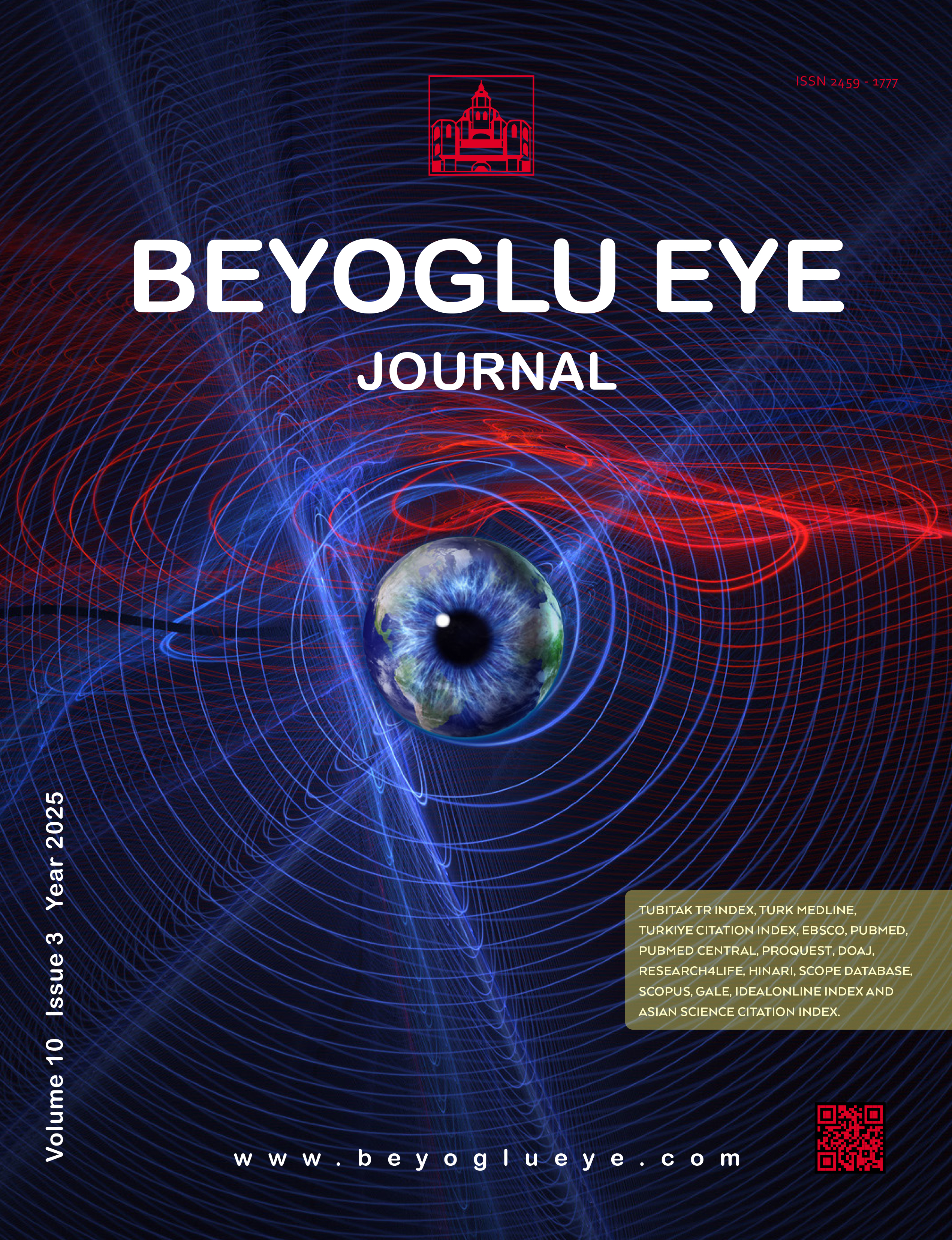
Sterile Corneal Infiltrate Management After Corneal Crosslinking in Pediatric Keratoconus
Ayhan Saglik1, Mehmed Ugur Isik21Department of Ophthalmology, Harran University, Sanliurfa, Turkey2Department of Ophthalmology, Balikligol State Hospital, Sanliurfa, Turkey
A 6-year-old female was admitted to the ophthalmology department with a preliminary diagnosis of keratoconus. An accelerated cross-linking (CXL) protocol (9 mW/cm2 in 10 minutes) was performed on the right eye. On postoperative day 2, a slit-lamp examination revealed 2 corneal infiltrates with grade 3 haze. Since there was no growth in the cultivated cultures and no response to topical antibiotic treatment, the infiltrates were considered to be sterile, and topical 1% prednisolone drops were applied hourly. Despite topical steroid treatment of 1% prednisolone on postoperative day 5, no significant improvement was observed in the patient's symptoms and slit-lamp findings. Therefore, systemic 1 mg/kg prednisolone (total dose, 15 mg) was added to the treatment on postoperative day 5. One day after initiating the systemic steroid treatment, the infiltrates had shrunk, and the patient's complaints decreased. In patients with keratoconus who are under 10 years of age, the addition of a potent steroid regimen to the treatment may be essential in cases with suspected infiltrates after CXL treatment.
Keywords: Cross-linking, pediatric keratoconus, sterile infiltrate, steroid.
Manuscript Language: English









